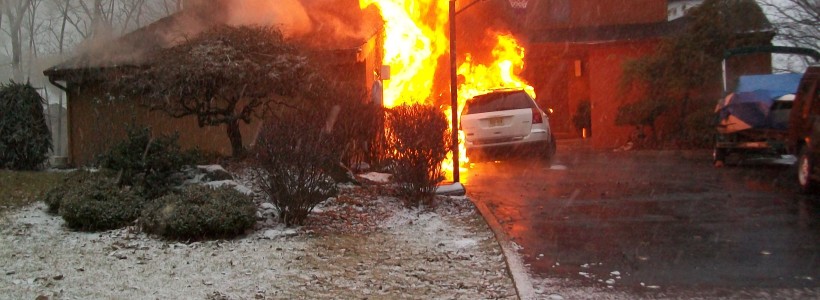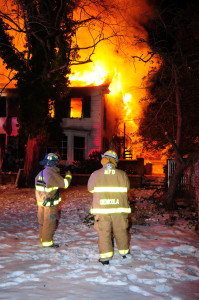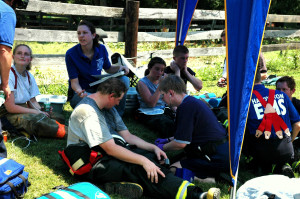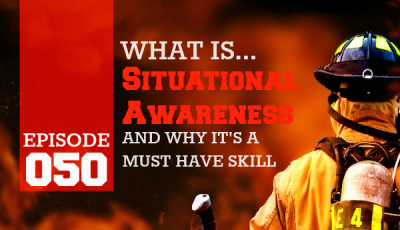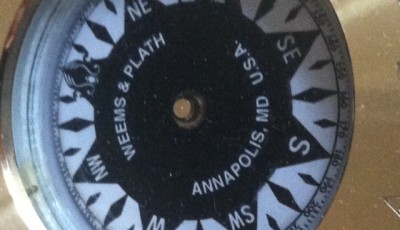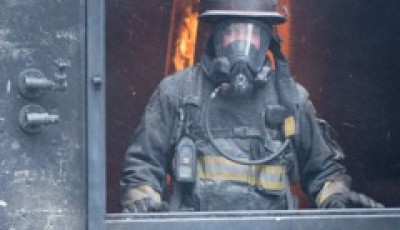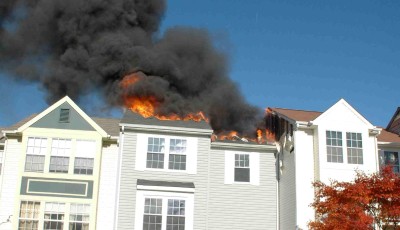Keeping Us Safe- Situational Awareness
Every firefighter needs to know what is evolving around us so we can make proper decisions to positively influence the outcome of any situation. Some say that situational awareness is only for the fire ground or the incident scene. I believe situational awareness begins when we wake up each morning and carries on throughout the day. And then, when the tones drop for a run, our situational awareness senses kick into high gear.
The DISPATCH itself will assist us in knowing several factors, such as the building location and time of day. The time of year will also aid in our response and on-scene tactics.
During the RESPONSE whether in a Privately Owned Vehicle (POV) or in the apparatus, we need to be situationally aware of street conditions and other civilian vehicle interactions. We also need to be aware of other apparatus that are responding and that we may cross paths with at intersections.
Upon arrival ON SCENE we need to really see what’s happening. Using our senses we can gather large amounts of information in an instant. The building, its occupancy, location, and extent of smoke and fire are all essential to our safety as well as the paramount concern for life safety, both ours and any possible victims.
When making the aggressive primary search and/or attack to suppress the fire we need to be concerned with several factors. This is where situational awareness is a must. We must be aware of our location in the building and our proximity to the fire. We must also watch for rapidly changing smoke and fire conditions while we perform our tasks.
Another point of interior situational awareness is knowing what the other teams are doing around us and how to properly coordinate our efforts to search, extinguish and vent. This is one of the most important aspects of situational awareness. It may look like chaos in the street but it is actually a well-choreographed event.
Once the glory of searching or extinguishing the fire is complete, we must be situationally aware of the beating our bodies took to accomplish our tasks. REHAB is the next step. In rehab, we can watch out for ourselves and each other by taking a much-needed rest; hydrate; and consider the job we have done so far and what we need to do next. EMS will check our vitals and we can cool down or warm up (depending on the season) and drink some fluids to re-hydrate ourselves. We mentally need to know that we are physically ready to return back to the fire fight.
Upon completion of the incident and on the way back to the station we need to be situationally aware of the street conditions and traffic as we return. Once back at the station we need to be aware of any issues with our gear and equipment and prepare for the next alarm.
The reason why we need to be situationally aware is to keep ourselves safe in order to return back to our loved ones and respond to the next alarm.
When do you start thinking about the next run?

